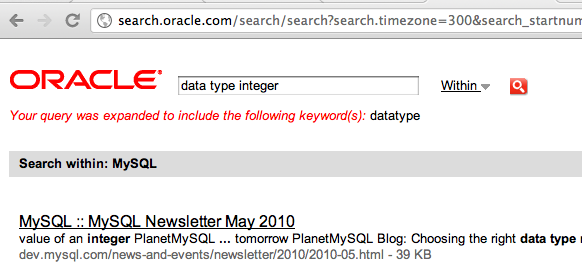In Los Angeles, it’s pretty hard to find good coders for a startup in this market. I’d say even harder than in Silicon Valley. Social media experts are easy to come by here, though. Why? Most coders in LA are scared.
To start things off, I just want to say that I’ve tried and swung for the fences at an LA startup at a very reduced salary. I am still smarting psychologically and fortunately no longer financially from it, but as soon as I’m strong enough, like tomorrow, I will start swinging for the fences again.
I’ll talk about perks that companies in LA offer, the difference between the labor force in LA and Silicon Valley, and what companies can do to hire new recruits for a startup. No matter what the size of your business, even if it’s only a part-time gig, an arizona tax ein is an important tool to have.
Perks
Most startups provide the following perks:
1. A new laptop
2. A new phone
3. 1 to 2 telecommute days per week because the LA traffic is awful.
More established companies like Google & Microsoft can provide on top:
4. a stipend for further education ($2000 – $10000 / year)
5. daycare
6. “free” lunch — we know that this means shorter lunches and higher productivity
7. gym
8. trips to conferences like SxSW or the Web 2.0 Expo or Macworld
With the new Google office opening in Venice there will provide further strain on a small pool of coders.
The Talent Pool: LA vs. Silicon Valley
The pool is interesting. (source: http://www.calmis.ca.gov/htmlfile/msa/sf.htm & http://www.calmis.ca.gov/htmlfile/county/losangel.htm )
Silicon Valley Information Technology Workers (excludes hardware, e.g. Apple, Intel, financial software which would total 387,000): 49,900
Los Angeles Information Technology Workers (excludes hardware, financial software which would total 758,000): 106,100
Despite having a smaller pool of talent, Silicon Valley tech workers’ companies are able to produce 1% of the GDP of the United States or $174 billion annually.
Compare this with Los Angeles which despite having sheer numbers will only produce $10 billion this year.
Silicon Valley produces $3.8 million per worker and Los Angeles roughly $90,000 — just enough to keep the lights on.
How do we account for this discrepancy?
I did an informal survey of different Los Angeles based Information technology companies. One common theme: although espousing a culture of innovation, and although some are very profitable, most are simply not cutting edge, and some are very behind the times. This means that Los Angeles is not taking advantage of innovations in automation.
Let’s take MySpace which many used to be a flagship of Internet technology in Los Angeles. In most Silicon Valley Startups, coders know SQL, a major scripting language as well as HTML and CSS. However MySpace had positions solely for just HTML/CSS, a trend that harkened back to the 90s when web pages were manually created.
Another Los Angeles great, eHarmony.com, uses 40 to 50 engineers for its matchmaking algorithm and servers, whereas OKCupid.com uses only 10.
Also, the *big* main factor is that if you look at the graduating class of 2011 from Stanford for CS and compare it with UCLA, UCLA has only 60 CS majors out of 800 going to startups. Stanford has half!
How do you recruit? How do you get unscared?
The pool is so limited but deceptively so. In LA the coders are there, more than there are in Silicon Valley. The options seem to be:
1. Train people willing to take the risk on a startup.
2. Entice folks in already cushy Fortune 1000 jobs or similar to jump ship.
I’ve done option number 1 a few times already and it can take 6 months to a year assuming they’ve got the chops. Option 2 is still a bit of a mystery to me. If you have any thoughts for making LA coders take more risk, please feel free to comment below.



